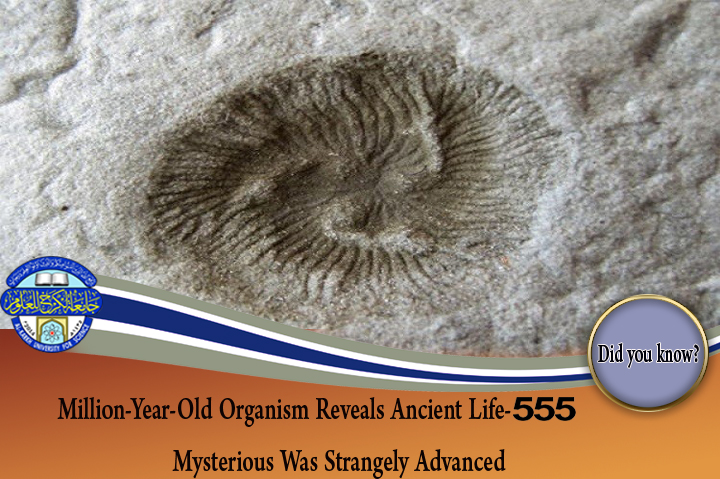(earth (information

Mysterious 555-Million-Year-Old Organism Reveals Ancient Life Was Strangely Advanced
Life on Earth has been through quite the journey. After its emergence around 4.1 billion years ago, life evolved and diversified rapidly during the Cambrian Explosion. This relatively short period occurred around 542 million years ago, and most modern life can trace its ancestry back to the creatures that evolved during this event. However, an increasing amount of evidence is revealing that complex life forms evolved before this explosion. A new study published in Science Advances, which shows that advanced feeding mechanisms existed 13 million years earlier, certainly supports this notion.
Tribrachidium was a truly perplexing creature; it’s poorly preserved, as many fossils older than the Cambrian Explosion tend to be due to their lack of “hard” skeletal features. Researchers think this 555-million-year-old, hemisphere-shaped organism was marine-based, but can agree on little else.
In order to assess how this strange life form fed, an international team of researchers used computer simulations to test out different possible feeding mechanisms based on what they could interpret from its fossilized anatomy. Co-author Dr. Marc Laflamme, an assistant professor at the University of Toronto Mississauga, said in a statement: “Tribrachidium doesn’t look like any modern species, and so it has been really hard to work out what it was like when it was alive.”
Specifically, computational fluid dynamics, a method designed to show how the flow of water and particles move around any particular object in 3D, was used. The researchers found that low-speed whirlpools called “eddy currents” formed around small pits at the top of the organism. These whirlpools would have concentrated any particulate matter floating in the water, including edible material.
This implies that the organism used these pits to trap food particles it could feed on without moving itself, meaning it can potentially be classified as a passive suspension feeder. If confirmed, this is the oldest evidence for this type of feeding mechanism in Earth’s history.
“For many years, scientists have assumed that Earth’s oldest complex organisms, which lived over half a billion years ago, fed in only one or two different ways. Our study has shown this to be untrue, Tribrachidium and perhaps other species were capable of suspension feeding,” Dr. Simon Darroch, an assistant professor at Vanderbilt University and co-author of the paper, said in a statement.
Around 575 million years ago, 33 million years before the Cambrian Explosion, there was another diversification event. A wide range of mysterious, poorly-fossilized critters emerged from the Avalon Explosion, and paleontologists are still not entirely sure what kind of life forms they are – classifications vary wildly, from algae and fungi to even extremely primitive forms called protists. Multiple studies suggest that these creatures – theEdiacaran biota – were killed off by the emergence of the more advanced Cambrian biota.
A recent study revealed that complex skeletons emerged before the Cambrian, as early as 550 million years ago. This new study on the suspension feeding mechanism of the Tribrachidium only adds to the evidence that suggests the Avalon Explosion was a major evolutionary era, producing a range of relatively complex organisms that were far less well preserved than those that appeared during the Cambrian – and scientists are only just beginning to uncover this enigmatic evidence.
– iflscience
